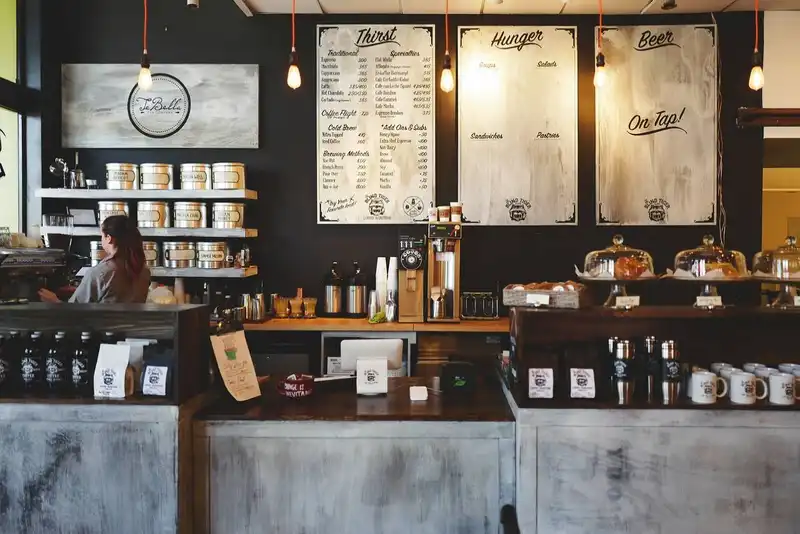How to Maximize Your Restaurant's Profits

The Average Profit Margin
The average profit margin for a restaurant ranges from 0-15%. The majority of restaurants fall between the 3-5% profit margin range. While full service restaurants tend to fall lower on the range, quick service restaurants boast higher profit margins.
The restaurant profit margin figure can indicate the difference between a business thriving, surviving, or shutting down completely. With the large majority of restaurants closing within their first few years of operation, increasing sales and restaurant profit margins are crucial for restaurant industry professionals to focus on.
The three main restaurant expenses to consider are-
- Cost of goods sold
- Labor
- Overhead
Additional overhead expenses can be harder to estimate depending on how variable they are. Keeping these operating expenses under control is difficult but imperative to long term business success.
Whether you are a food truck owner or a full service restaurant manager, optimizing your profit margin should one of your highest priorities. To determine your gross profit margin subtract the cost of goods sold by their selling price. Then divide that number by the selling price.
For example, if a menu item had a cost of goods sold value of $3 but a selling price of $10 the gross profit margin would equal 70%. Although the profit margin percentage equation may seem simple enough, it can be complicated by a wide variety of changing factors including-
- Individual ingredient food cost variations by region
- Selling price difference by region
- Individual ingredient food cost changing over time
- Selling price changing over time
- Multiple different recipes used
- Multiple ingredients within a recipe
How to Increase Restaurant Profits

With steadily increasing costs and razor thin profit margins, increasing restaurant profits is a top priority for restaurant owners. Various ways to increase restaurant profits include-
1. Loyalty program establishment- It costs at least 500% more to acquire a new customer than it does to retain an existing customer. A loyalty program can help increase profits and your overall bottom line through increased sales volume and customer commitment.
2. Menu engineering- The layout of your menu can make a huge difference in your average profit margin. In fact, an estimated 86% of food sales come from just 16% of menu items offered at your restaurant.
Designing your menu with menu engineering best practice techniques can help boost sales on high profit menu items and increase total sales overall. It is also helpful to analyze recipe plate costs and menu profitability every month to make sure your business is still on track.
If a menu item is consistently not doing well it may be time to adjust its menu price or portion size. If profit margins are still not satisfactory for a particular menu item after making pricing and portion adjustments, it may be time to take the item off your menu.
3. Schedule online- Scheduling employees online decreases the labor cost of having managers manually create schedules. When you decrease your operating costs your restaurant has less profit loss and increased bottom line success.
Additionally, online scheduling allows for employees to swap or volunteer for shifts even if they are not at your storefront location. Scheduling software provides its users with mobile app accessibility and ease of usage.
4. Inventory management- Restaurant management must focus on inventory tracking. Not only will proper inventory management decrease food costs but it will also reduce food waste generated by your restaurant.
Overordering leads to food waste and profit loss while underordering can result in an inability to fulfill certain menu items and customer dissatisfaction.
5. Competitive vendors- Whether your vendor is a small business or large corporation, your restaurant likely has developed a strong working relationship with them. However, as food costs rise it is important to make sure that other vendors are not offering more affordable prices.
Before switching from your established vendor inquire if they can match a competitor's food cost for specific items. If they can not, it may be time to switch vendors or diversify the number of vendors you regularly purchase food products from.
On average 92% of restaurants overpay their suppliers for items purchased weekly. Generally, this overpayment is for 5-15 food items.
To make sure you are getting the most competitive and fair price possible it is recommended to schedule at least quarterly sit-down meetings with your food supplier. Proper inventory management will additionally reveal if there are any issues with overcharged or missing items in deliveries.